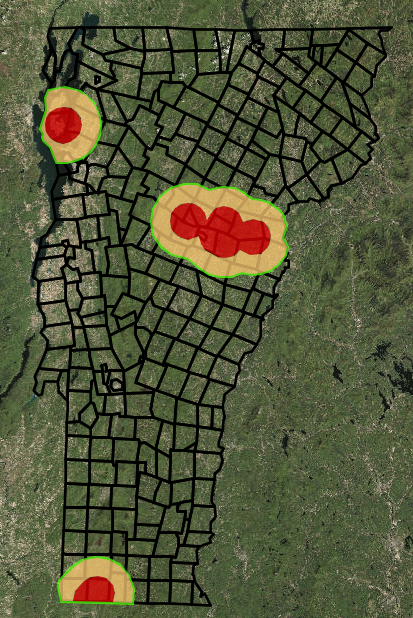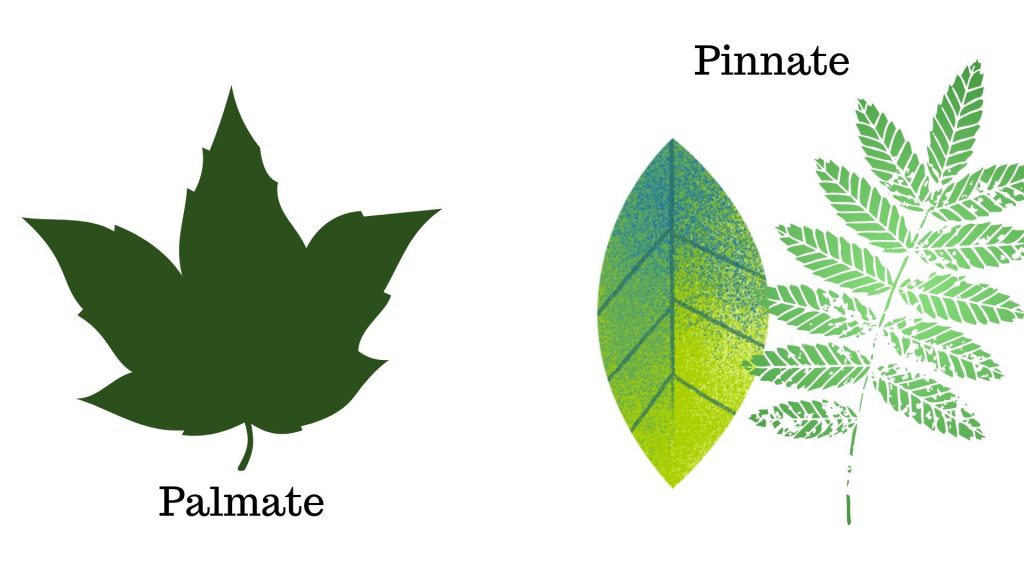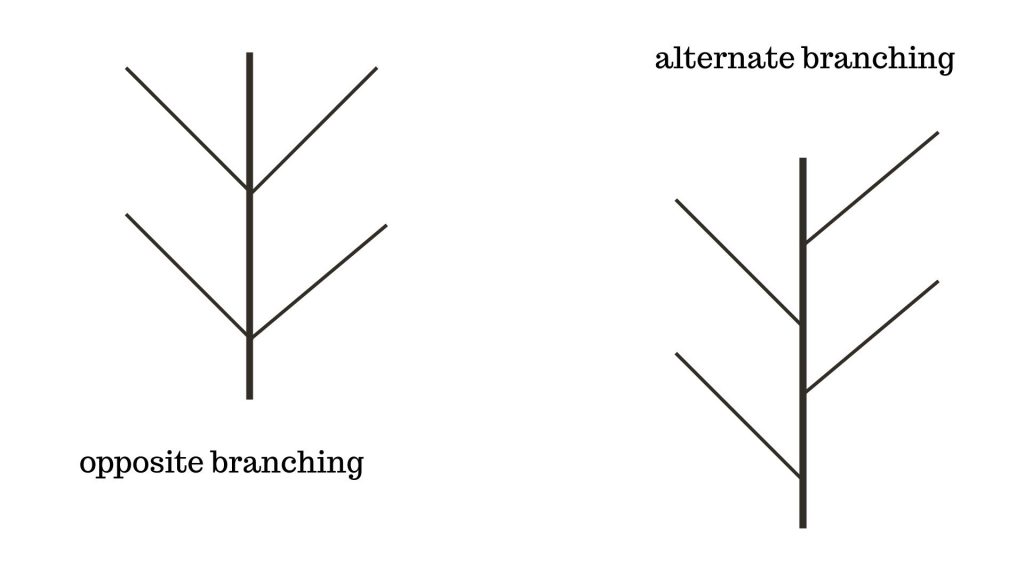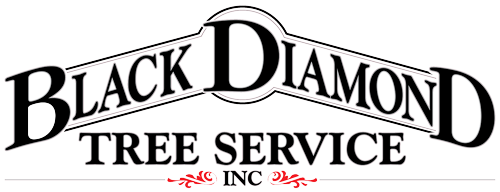Let’s identify ash trees! For the quiz below to work best, you’ll want to have a specific tree in mind that you can look at to be sure you are answering accurately. If you’re not so sure, the quiz and information below will still help you learn the top ways to identify an ash tree.
Protecting Your Ash Trees: EAB

Emerald Ash Borers (EAB) have been on the minds of conservationists and arborists for years but were only confirmed to be in Vermont in February of 2018. In short, they’re an incredibly invasive pest that will destroy and kill ash trees. Luckily, there are treatment options to slow the spread of EAB to specific trees, but it can only be administered during a very specific time frame.
The time to vaccinate your ash trees changes each year based on when the tree begins “leafing out”. This year, that window is early to mid-June. Luckily, the state has taken extreme precautions to postpone the appearance of EAB in the state and continues to be vigilant in preventing the spread.
One of the primary ways to prevent the spread of EAB in the state is to have a professional administer treatments to any and all ash trees on your property right after the trees begin leafing out. The first step, of course, is identifying ash trees.
How to identify Ash Trees:
Leaves are a great place to start when it comes to tree identification. Ash trees have odd-pinnately compound opposite leaves.

All leaves are either palmate or pinnate. Palmate leaves have a palm shape, like a hand or star. Think maple or oak. Pinnate are more like pointy ovals with a single vein running down the center and smaller ones shooting to the edge of the leaf from both sides. That’s the shape of an ash leaf. Next, let’s talk about compound leaves. Simply, compound leaves mean there is more than one leaflet on each stem. Picture how a fern has leaves on both sides of a single stem. Part of identifying ash trees is noticing the way these compound pinnate leaves look.

Alternate buds and alternate branching are a great way to distinguish ash trees from other common trees on your property. The leaves, buds, and branches are all opposite, meaning they will grow directly across from the other. If you see the leaves or buds sprouting in an alternating pattern, that is not an ash tree.
Still not sure if it’s an Ash Tree?
We get it, identifying trees can be pretty tricky, especially if you’re not on your property and able to take a close look at each detail. Give us a call and we’ll take a drive to your home, survey the area, and let you know if you have any ash trees that we recommend treating.



